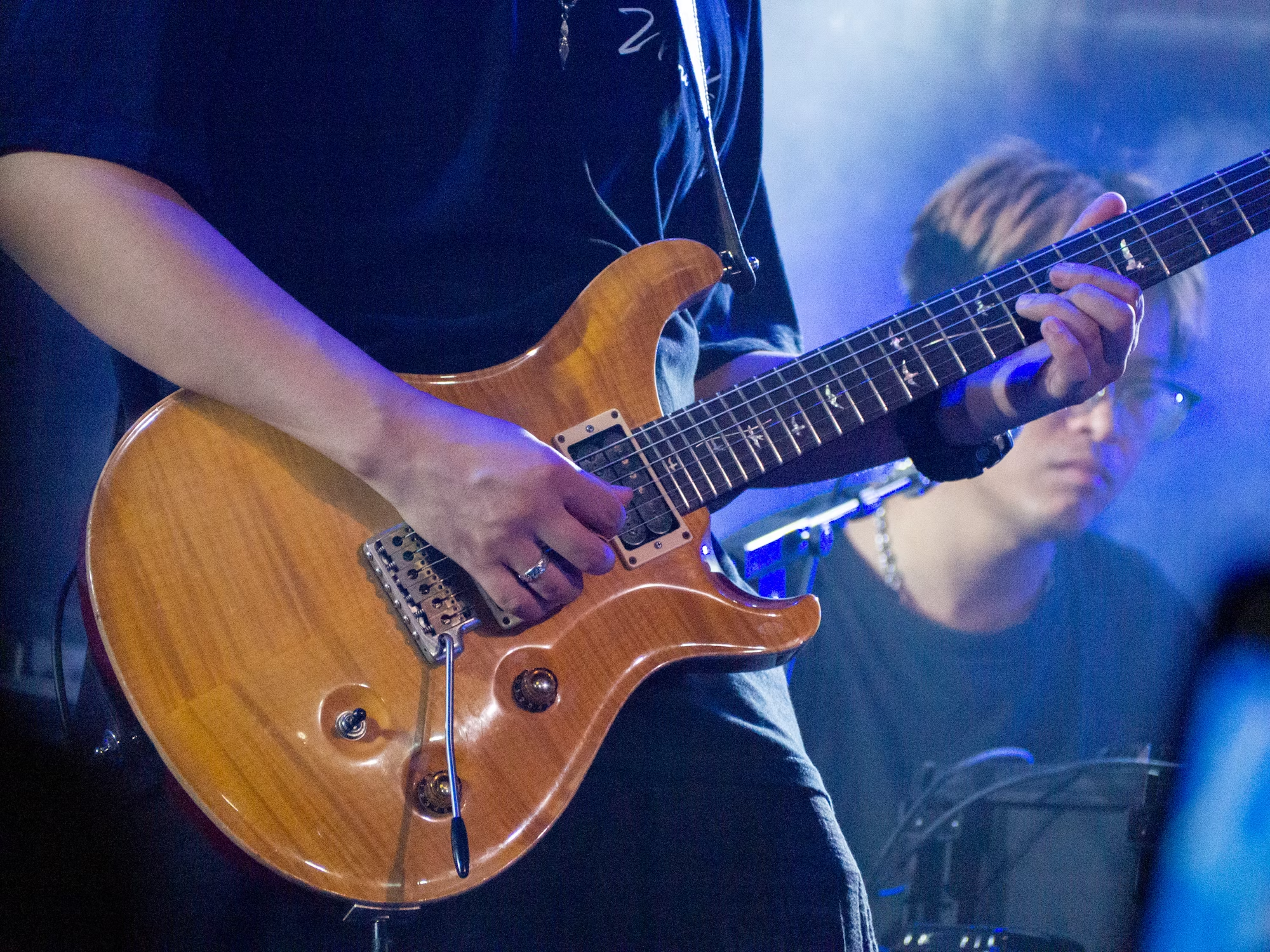Collaboration in music is a powerful force that transcends individual creativity, bringing together diverse talents and perspectives to create something unique and impactful. Throughout history, musicians have worked together, often resulting in some of the most memorable and influential works in the industry. From songwriting partnerships to full band dynamics, collaboration enriches the artistic process, leading to innovative sounds and styles that resonate with audiences around the world.
At its core, collaboration is about synergy. When musicians come together, they bring their own experiences, skills, and ideas, which can spark new directions and inspire fresh creativity. This interplay often leads to a richer musical tapestry, where each artist’s strengths enhance the final product. For example, the legendary duo of John Lennon and Paul McCartney demonstrated the power of collaboration in the Beatles, where their combined talents produced timeless classics that shaped the course of modern music.
In the songwriting process, collaboration can take many forms. Some artists prefer to co-write, sitting down together to brainstorm lyrics and melodies. Others may share ideas remotely, using technology to send tracks back and forth. This flexibility allows for a dynamic exchange of thoughts, making it possible to capture inspiration as it strikes. The collaborative efforts of modern artists, such as Ed Sheeran and Taylor Swift, showcase how working together can lead to chart-topping hits, blending their distinctive styles while creating a cohesive sound.
In addition to songwriting, collaboration also extends to arrangement and production. Musicians often work with producers and sound engineers who bring their expertise to the table. This partnership can greatly influence the direction of a project, as producers help shape the overall sound and aesthetic. Notable producers like Rick Rubin and Pharrell Williams have collaborated with various artists across genres, infusing their unique vision and skills to elevate the music. Their ability to recognize an artist’s potential and enhance it has led to groundbreaking albums that resonate with audiences.
Collaborative projects are not limited to well-established artists; emerging musicians also benefit from working together. Many indie musicians form collectives or bands to share resources, ideas, and exposure. This grassroots approach fosters a sense of community and support, allowing artists to navigate the challenges of the music industry together. Collaborations among lesser-known artists can lead to unexpected discoveries, as they explore new sounds and styles that may not have emerged in isolation.
However, collaboration is not without its challenges. Differing creative visions and personalities can lead to conflicts, and finding common ground can sometimes be difficult. It’s essential for musicians to communicate openly and respect each other’s contributions. Successful collaborations often hinge on compromise and a willingness to adapt. This can lead to an enriched creative process, where artists learn from one another and expand their own artistic boundaries.
Another aspect of collaboration is the influence of technology. In the digital age, musicians can connect across the globe, working together without being in the same room. Platforms like SoundCloud, Bandcamp, and various social media channels enable artists to share their work and collaborate with ease. This accessibility has led to exciting cross-genre partnerships, as artists from different backgrounds can come together to create something truly innovative. The rise of virtual collaborations has given birth to unique projects, where musicians can seamlessly blend their styles, leading to unexpected and refreshing results.
Moreover, collaborations can also serve as a means of cultural exchange. When artists from different backgrounds collaborate, they bring their cultural influences and traditions into the mix. This exchange fosters understanding and appreciation for diverse musical styles, leading to the creation of hybrid genres. The fusion of traditional music with contemporary sounds has given rise to exciting new genres, such as Latin pop and Afrobeat, which celebrate the richness of global music culture.
Live performances also showcase the beauty of collaboration. Many artists invite guest musicians to join them on stage, creating a unique experience for the audience. These collaborations can add depth and excitement to a performance, as artists feed off each other’s energy. Iconic performances, such as those at music festivals, often highlight the power of collaboration, as artists from various genres come together to create unforgettable moments. This blending of styles and backgrounds not only enhances the music but also strengthens the bond between musicians and their audience.
Furthermore, collaborations often extend beyond the music itself, influencing fashion, visual arts, and social movements. The synergy between artists can lead to a holistic approach to creativity, where music intersects with other forms of artistic expression. For instance, the collaboration between musicians and visual artists can result in striking album covers, music videos, and concert visuals that enhance the overall experience. This interconnectedness enriches the artistic landscape, showcasing how collaboration can transcend individual disciplines.
As we look to the future, the role of collaboration in music is likely to continue evolving. With advancements in technology and the increasing globalization of the music industry, musicians will find new ways to connect and create together. The blending of genres, cultures, and ideas will pave the way for innovative sounds that challenge the status quo. Artists will increasingly recognize the value of collaboration, harnessing the collective creativity of diverse talents to push boundaries and explore uncharted territories in music.
In conclusion, collaboration in music is an art form in itself, driven by creativity, communication, and shared experiences. The power of working together enriches the creative process, leading to groundbreaking sounds and styles that resonate with audiences around the world. While challenges may arise, the rewards of collaboration far outweigh the difficulties, fostering a sense of community and shared purpose among musicians. As the music landscape continues to evolve, collaboration will remain a vital force, shaping the future of artistic expression and connecting artists and audiences in meaningful ways.
